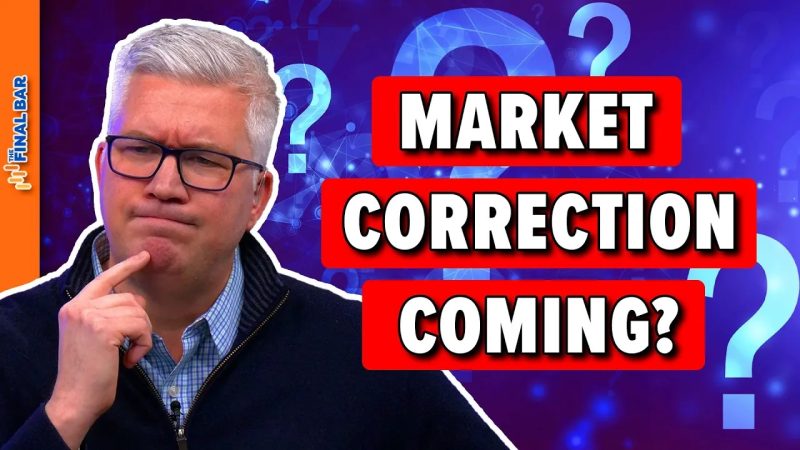In the world of finance, volatility is a constant factor that keeps investors on their toes. One particular indicator of market volatility that often captures widespread attention is the VIX, also known as the CBOE Volatility Index. When the VIX spikes, it often raises concerns among market participants about a potential market correction. However, understanding the dynamics and implications of VIX spikes is crucial for investors to navigate through uncertain times.
The VIX is a widely followed measure of market expectations of near-term volatility conveyed by S&P 500 stock index option prices. It is sometimes referred to as the fear gauge as it tends to rise during times of market stress and uncertainty. A spike in the VIX typically indicates increased expectation of market turbulence and can serve as a warning signal for investors.
While VIX spikes can be alarming, it is essential to put them into perspective. Not all spikes in the VIX lead to market corrections. Some spikes may be short-lived and driven by temporary factors such as geopolitical events or technical market dynamics. Investors should consider the underlying causes of the VIX spike to determine its significance and potential impact on their investment strategies.
One common misconception is that a high VIX level always translates to market downturns. While the VIX does tend to rise during market corrections, it can also spike during market rallies. In fact, the VIX can surge as investors purchase protective options to hedge against potential market downturns, leading to a disconnect between VIX levels and actual market performance.
Market corrections are a natural part of the market cycle and can present buying opportunities for savvy investors. A spike in the VIX should not necessarily trigger panic selling but rather prompt a reassessment of investment portfolios and risk management strategies. Investors should maintain a long-term perspective and avoid knee-jerk reactions based solely on VIX movements.
It is important for investors to diversify their portfolios and remain disciplined in their investment approach, regardless of VIX fluctuations. Building a well-balanced portfolio that aligns with individual investment goals and risk tolerance can help mitigate the impact of market volatility and VIX spikes.
In conclusion, while VIX spikes can be unsettling, they are not always indicative of an impending market correction. Understanding the nuances of the VIX and its dynamics is crucial for investors to make informed decisions during turbulent market conditions. By staying informed, maintaining a long-term perspective, and adhering to sound investment principles, investors can navigate through VIX spikes and market volatility with confidence and resilience.
